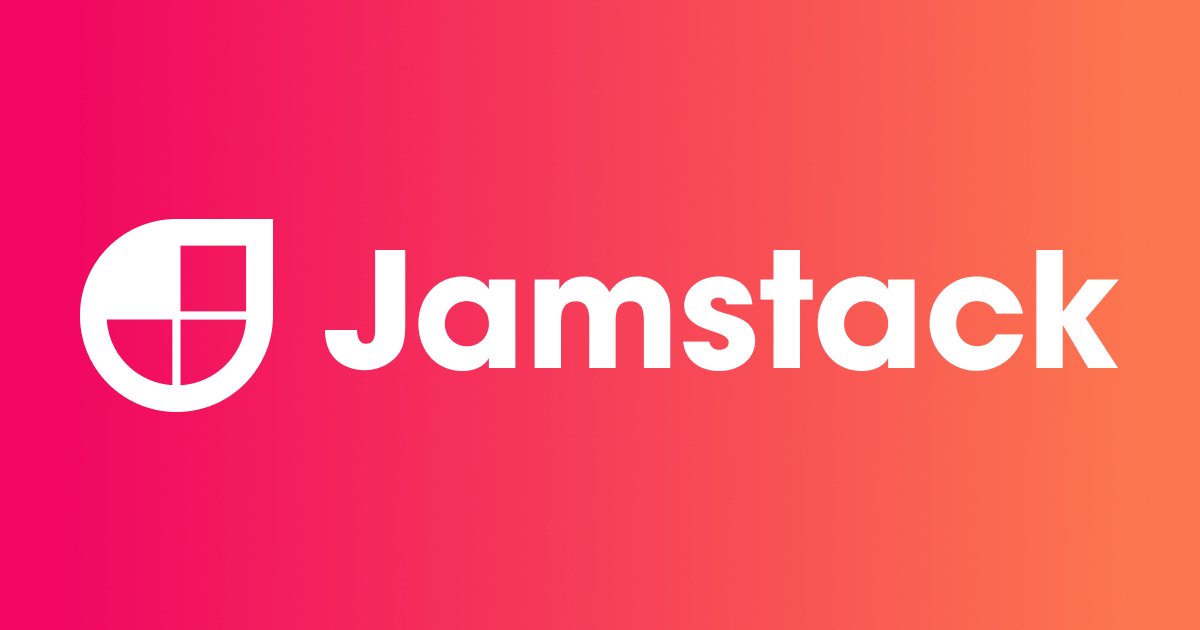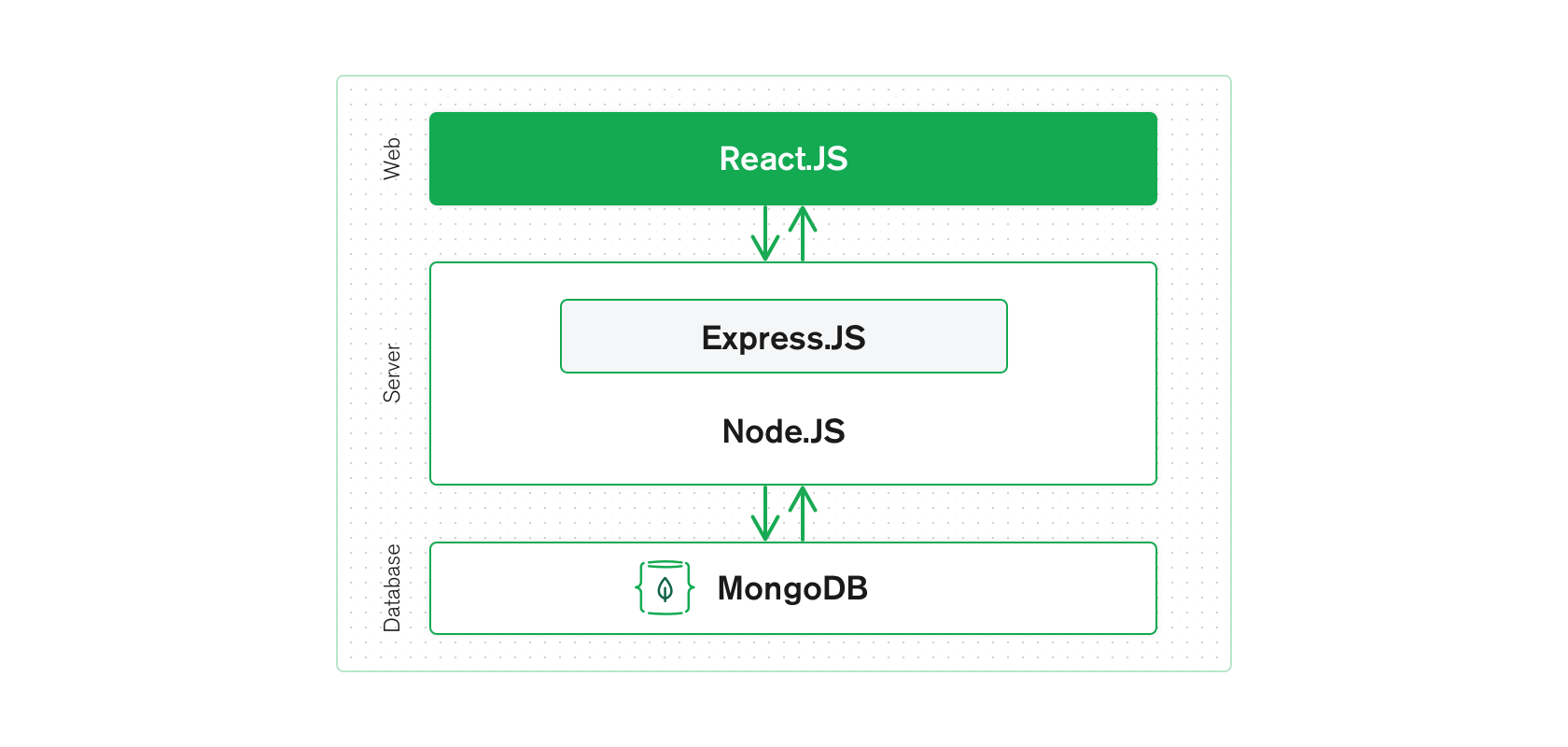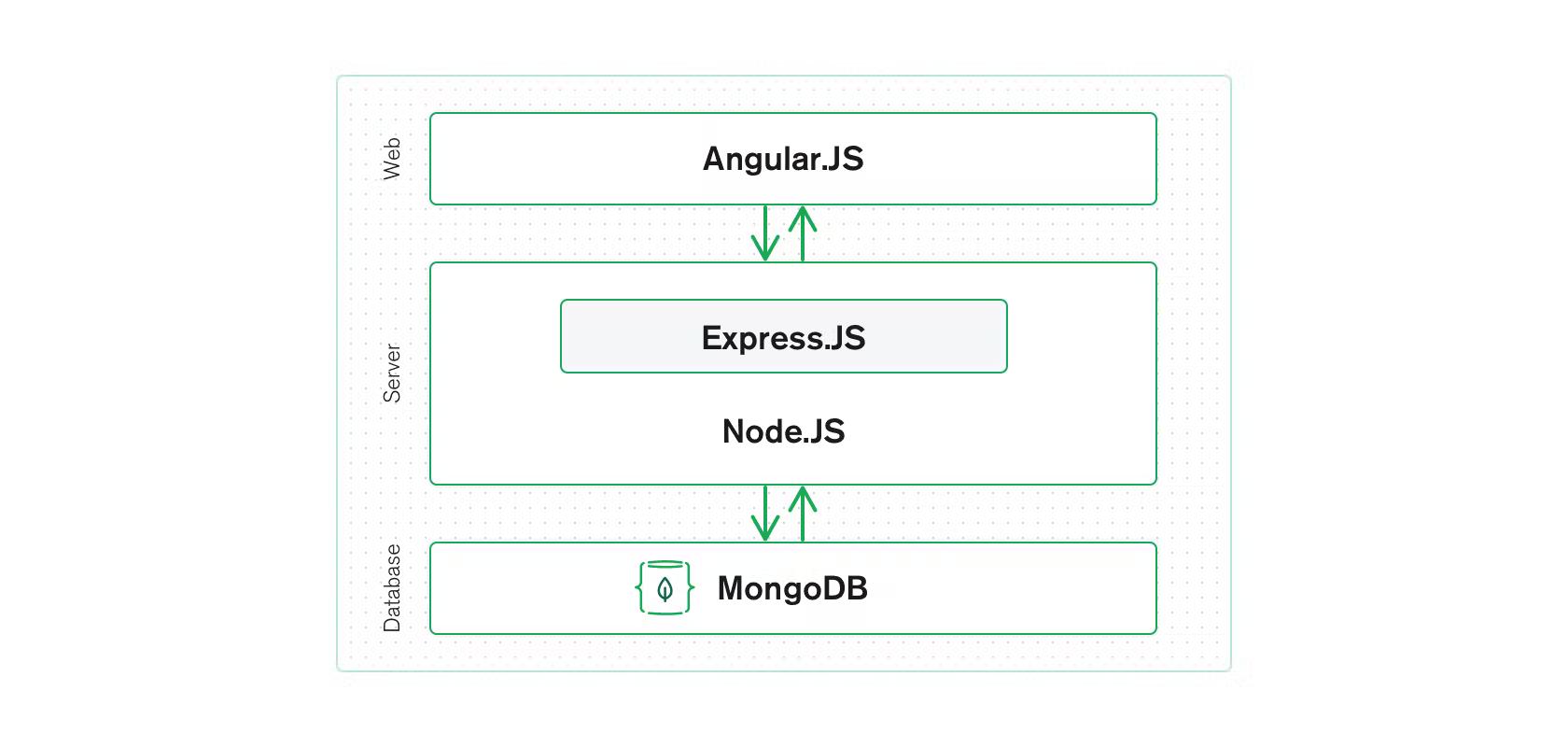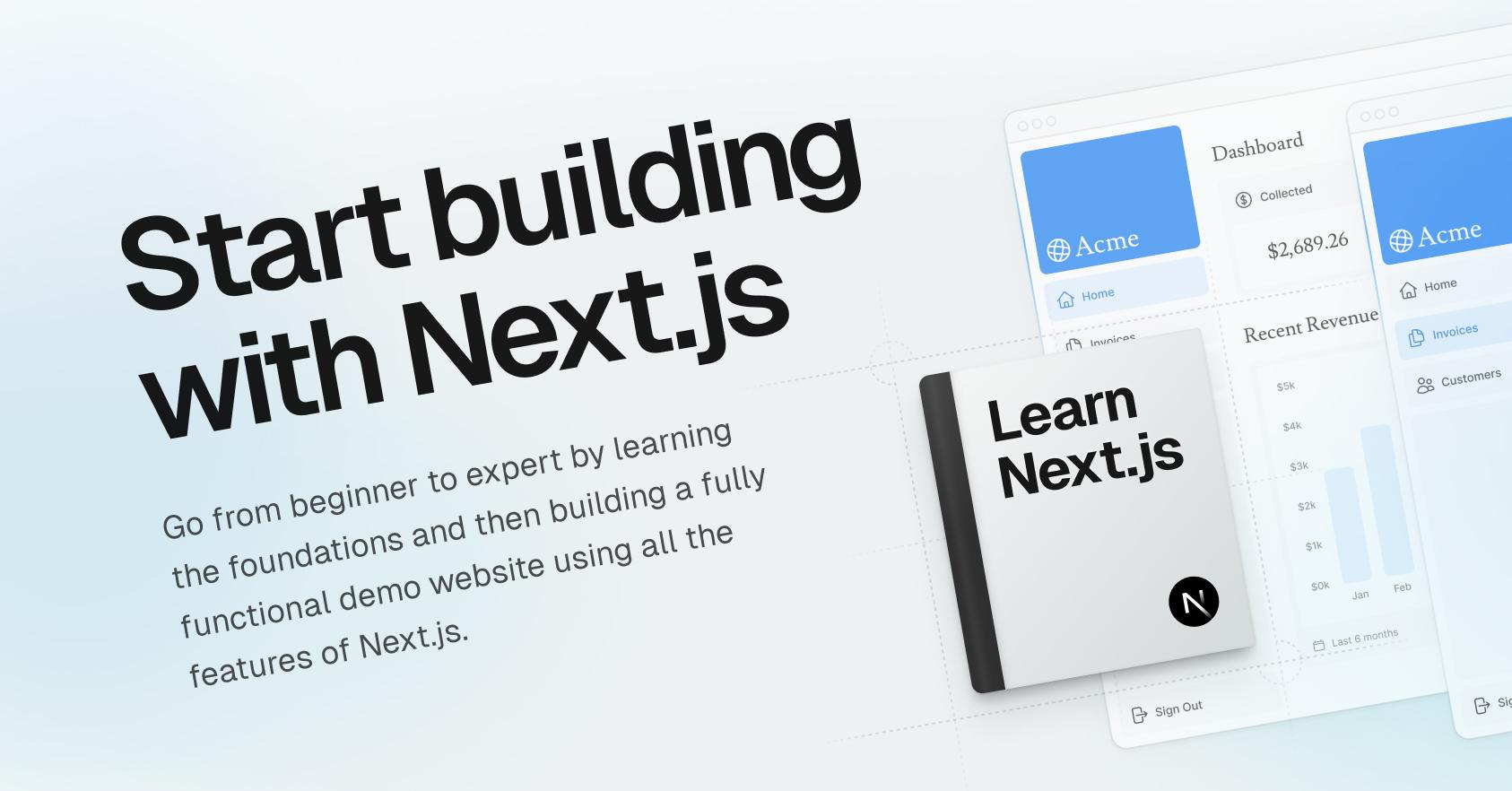
Top Web Development Tech Stacks to Watch in 2025
November 9, 2024 · Nap
In the ever-evolving landscape of web development, selecting the right technology stack is crucial for building efficient, scalable, and maintainable applications. As we approach 2025, several tech stacks are gaining prominence, driven by emerging trends and the need to meet modern user expectations.

1. Jamstack
Jamstack, an acronym for JavaScript, APIs, and Markup, is transforming how developers build websites and applications. By decoupling the front end from the back end, Jamstack enables faster load times, enhanced security, and improved scalability. This architecture leverages static site generators and headless CMSs, allowing developers to deliver dynamic content with the performance benefits of static sites. The adoption of Jamstack has been steadily increasing, with a 30% growth among developers in recent years.

2. MERN Stack
The MERN stack, comprising MongoDB, Express.js, React.js, and Node.js, continues to be a popular choice for full-stack JavaScript development. React.js, known for its component-based architecture, facilitates the creation of interactive user interfaces. Node.js and Express.js provide a robust server-side environment, while MongoDB offers a flexible NoSQL database solution. This stack is particularly favored for building single-page applications (SPAs) and dynamic web interfaces.

3. MEAN Stack
Similar to MERN, the MEAN stack replaces React.js with Angular, Google’s front-end framework. Angular’s two-way data binding and comprehensive tooling make it suitable for developing complex applications. The MEAN stack’s uniform use of JavaScript across all layers simplifies development and allows for efficient handling of JSON data. It’s a strong contender for projects requiring a cohesive and maintainable codebase.

4. Next.js
Next.js, built on top of React.js, offers features like server-side rendering (SSR) and static site generation (SSG), enhancing performance and SEO capabilities. Its ability to pre-render pages at build time or request time makes it a versatile choice for developers aiming to optimize user experience. Next.js is widely adopted by major companies, including Netflix and Uber, underscoring its reliability and scalability.
5. Serverless Architectures
Serverless computing is gaining traction as it allows developers to build and run applications without managing server infrastructure. Platforms like AWS Lambda, Azure Functions, and Google Cloud Functions enable the execution of code in response to events, scaling automatically and charging only for actual usage. This approach reduces operational overhead and is ideal for applications with variable workloads.
6. Progressive Web Apps (PWAs)
PWAs combine the best features of web and mobile applications, offering offline capabilities, push notifications, and a native app-like experience. They are built using standard web technologies but provide enhanced user engagement and performance. With the increasing emphasis on mobile-first development, PWAs are becoming a strategic choice for businesses aiming to reach a broader audience without developing separate native apps.
7. AI and Machine Learning Integration
Incorporating AI and machine learning into web applications is no longer a novelty but a necessity. These technologies enable personalized user experiences, predictive analytics, and intelligent automation. Frameworks and libraries that facilitate AI integration are becoming essential components of modern tech stacks, allowing developers to build smarter and more responsive applications.
Conclusion
Staying abreast of these emerging tech stacks and trends is vital for developers and businesses aiming to create cutting-edge web applications. By adopting these technologies, teams can build solutions that are not only efficient and scalable but also aligned with the evolving expectations of users in the digital age.